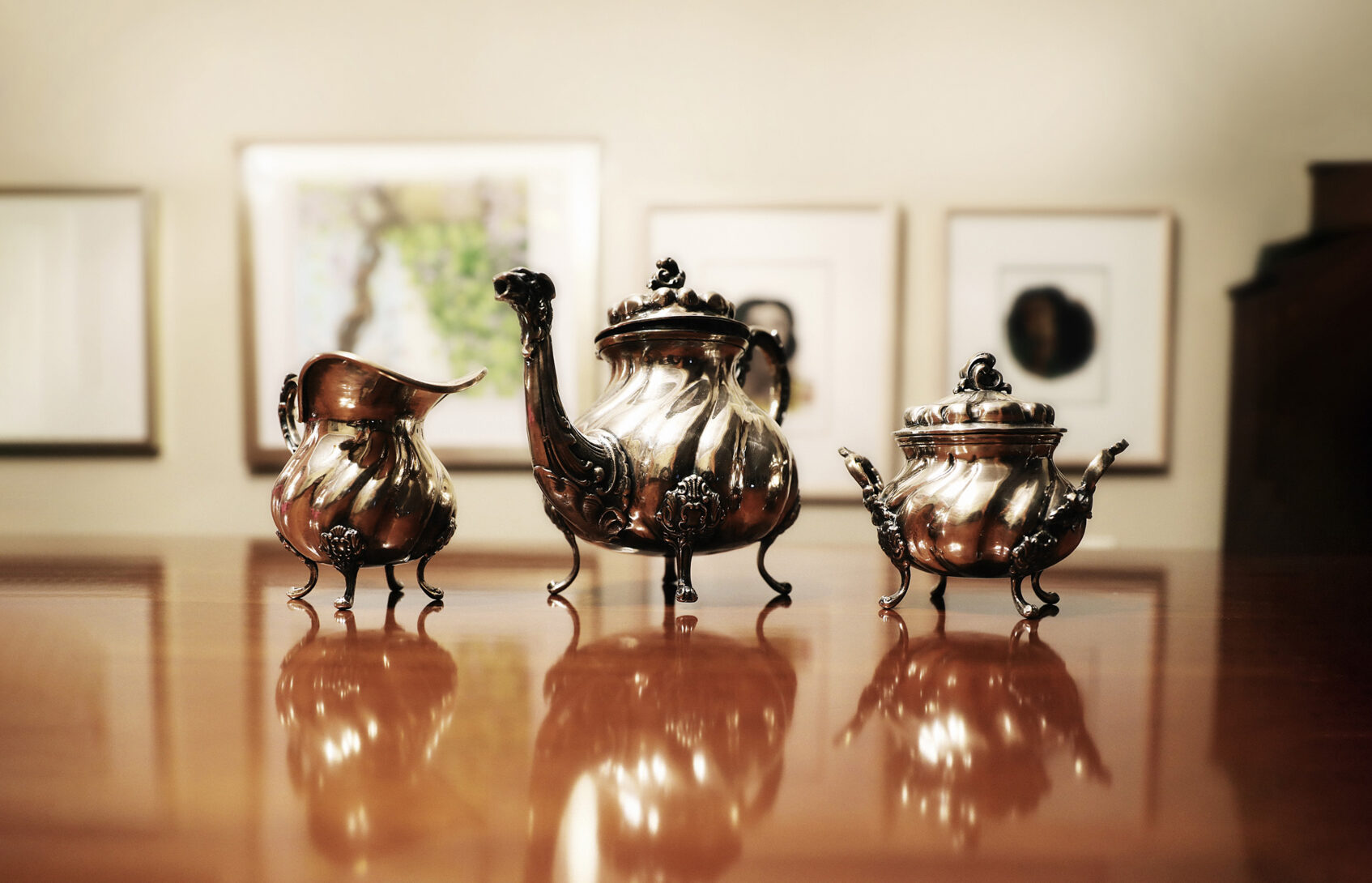These tips and resources may help you get the full value for your antiques, collectibles, and hobbies.
Thinking of ways you could earn some extra income or wanting to lessen the burden of too many possessions? The solution may be close to home: The resale home furnishings market is expected to hit $22 billion in annual sales by 2027.1 Perhaps you have some antiques collecting dust that you’re considering selling. Or maybe you’ve thought about turning a hobby into a profit. The ideas here can help you take the next step.
1. Get a professional appraisal. If you believe a piece is very high in value or your collection contains some true rarities, hire a certified appraiser to give you a written estimate of its value. An appraiser is more likely to give you a fair price than someone interested in buying the item because there’s no conflict of interest, advises Pamela Wiggins Siegel, an antiques and collectibles expert based in the Austin, Texas area and owner of Chic Antiques by Pamela.
Siegel recommends contacting the International Society of Appraisers to find a reputable professional in your area. Some appraisers specialize in specific fields like books, artwork, or jewelry. However, keep in mind that appraisers typically charge $200 to $400 an hour. If your items aren’t worth significantly more than that, it probably doesn’t make sense to invest in a professional appraisal.
2. Get an appraisal online. While auction houses and appraisal services often offer free evaluations to the public on special days, it’s also fairly easy to get a sense of an item’s value using internet resources, Siegel says. She recommends getting an online appraisal at sites such as Value This Now if your item doesn’t warrant spending the money on a written appraisal or if you don’t need one for insurance purposes. For a low fee, you can submit photos online and have a professional evaluation sent to you via email. Make sure you carefully check the item for any kind of identifying mark. (Don’t forget to check inside the drawers of a piece of furniture.)
Once you know who made the piece, other options to check its value online include searching eBay for the item. Using a specific search term increases the likelihood of finding a similar item for comparison. Use the “advanced search” feature to search only “completed sales” to get a sense of what people are actually paying for the item. If you can’t find your item, check what similar items have sold for. Ruby Lane and Etsy’s vintage section are two other sites worth checking. Make sure you consider the condition of your item as part of your assessment.
Perhaps you have some antiques collecting dust that you’re considering selling. Or maybe you’ve thought about turning a hobby into a profit.
3. Options for selling your goods. Once you have a price in mind, you have several options for selling your item.
- Seek a specialized online dealer. You can find dealers specializing in everything from antique dolls and coins to cards and clothing. One example is Just Collect, which has a thriving market for old baseball cards and other collectibles customers have sold to the company. Replacements, Ltd. specializes in old china, crystal, and flatware bought from customers, and sites like Poshmark and Vestiaire Collective specialize in secondhand fashion items listed by and sold directly to customers and collectors. Many sites have some process for buying items, but you can also email dealers directly, tell them what you have, and ask them to make you an offer, Siegel says.
- Sell the items yourself. You can cut out the middleman and sell the items yourself, but it does take a bit of effort, Siegel says. To sell items online, Siegel recommends setting up an account on eBay. If you think you have something special, put it up for auction rather than setting a fixed price. That way, the natural laws of supply and demand will set the price. Just remember to set a reserve price on the item for the lowest price you’re willing to accept to protect your investment. If shipping will be expensive, consider selling locally through Facebook Marketplace or OfferUp.
- Sell to a local antiques or collectibles store. Because you typically walk in with your item and walk out with cash, this is the quickest and most efficient option for selling, Siegel says — but keep in mind that you won’t get top dollar. “Because dealers have to resell your item and they have all of the overhead associated with running a business, you will only get 25% to 50% of what the retail price will be,” she says.
4. Consider turning your hobby into extra cash. You may have a hobby you love — and there might be a market for it. If you want to sell your creations, like unique handcrafted items or oil paintings, online marketplace sites such as Etsy could be a good place to start. Etsy is a popular e-commerce site for crafters and shoppers, but it’s not the only option available if you’re looking to sell your wares. Amazon Handmade is for artists wanting to sell pieces to a mass audience. IndieMade is considered a one-stop shop for artists, handling everything needed for marketing and managing a website.
Just like any other online transactions, online shopping and selling sites can be subject to fraudulent activity. Be aware of common scam tactics, some of which are described here. Also, become familiar with the policies and resources on any reseller site you use to buy or sell items.
1. “7 Notable Furniture Resale Trends, According to Recent Marketplace Reports,” www.architecturaldigest.com/story/furniture-resale-trends-according-to-recent-marketplace-reports, November 16, 2022





